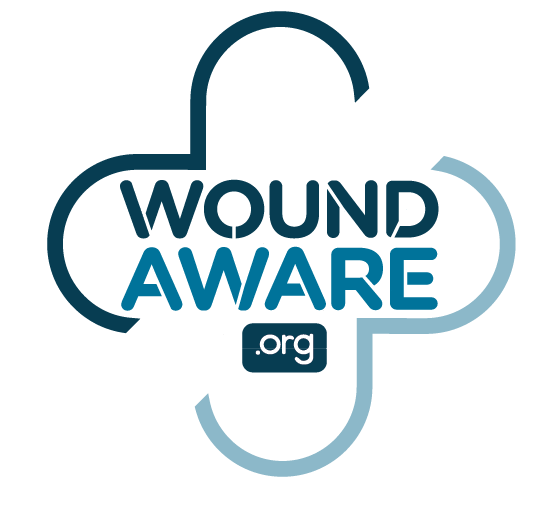Factsheet 2: Chronic wounds - are you at risk?
Every year, more than 450,000 Australians suffer with chronic wounds – that is, wounds that are slow to heal, heal only partially or return. While chronic wounds can happen to anyone, these factors put you at greater risk.
Ageing
Your risk of a wound becoming chronic increases as you age. This is because older people are more likely to live with conditions that can delay wound healing, such as underlying medical issues, complications caused by medication, and immobility.
Health and medical conditions
People with one or more of these conditions are at greater risk of chronic wounds:
- Diabetes (see factsheet 9)
- Obesity
- Cardiovascular disease
- Renal disease
- Lymphoedema.
Pressure injuries
- Immobility and lack of activity
- Excessive moisture on the skin caused by, for example, sweating, incontinence, or an oozing or weeping wound
- An unhealthy diet
- Chronic illness
- Poor skin health.
Venous leg ulcers
Your risk increases if you have a history of:- Deep vein thrombosis (DVT/blood clot) in the leg
- Pulmonary embolus (blood clot in the lung)
- Being overweight
- Multiple pregnancies
- Varicose veins
- Standing for long periods
- Restricted ankle movement
- Slow-to-heal leg wounds, or a family history of slow-to-heal leg wounds.
Diabetes-related foot disease
Risk factors include:
- Previously undiagnosed diabetes (where the diabetes is diagnosed at the same time as the wound)
- Poorly managed or hard to manage diabetes
- Previous diabetes-related foot disease
- Peripheral vascular (decreased blood supply to the hands and feet)
- Peripheral neuropathy (nerve damage causing a decrease in or loss of sensation in the foot)
Disclaimer
This factsheet was produced by Wounds Australia in consultation with qualified clinicians. It is intended to support, not replace, the relationship between you and your healthcare professionals. Please seek proper medical attention as required.
Wounds Australia factsheets are reviewed by panels of healthcare professionals and consumers.
Next review date: December 2025.
